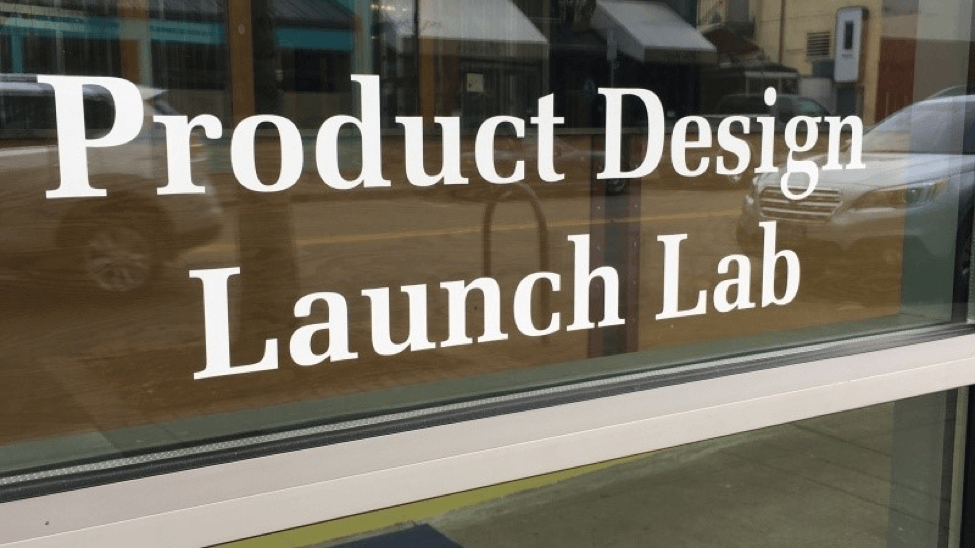In the early 1900s, the University of Oregon lost its Department of Engineering and Mines to Oregon Agricultural College, today known as Oregon State University, in Corvallis. Ten years ago, the University of Oregon bounced back by creating the Department of Product Design as part of its School of Architecture and Allied Arts.
In addition to its primary location in Eugene, the department recently opened a branch housed at the historic White Stag Building in Portland. The Sports Product Design programwill be the only graduate program of its kind in the world. The curriculum includes courses in sports product design, materials and manufacturing, sports product branding and marketing, human physiology, and communications. It’s a great match for Oregon’s growing sports and apparel industry, which includes Columbia Sportswear, Adidas North America, and of course Nike, headquartered near Beaverton.
Studying product design among greats
According to its website, the Department of Product Design in Eugene provides “a thorough grounding in the use, invention, and production of consumer products.” I recently had the honor of guest lecturing at one of the department’s upper-division courses. Senior Studio II (PD 484), taught by Beth Esponnette, is an interactive studio that explores new topics in the design of wearables. Student partner groups conduct user interviews and design thinking research to pinpoint human physiological and biomechanical needs, then design wearable products for these needs.
I spoke about Simplexity’s experience in wearables — including the Microsoft Band and the Senaptec strobe glasses — as well as my own Ph.D. research using Google Glass. The students were engaged and participative, leading to discussions about forward-leaning topics such as design thinking methodologies, prototyping with Arduinos, and patents.
After the lecture, Beth showed me around the sparkling department building, located at 942 Olive Street in downtown Eugene, about a mile away from the main campus. The space includes lecture rooms, design studios, prototyping areas, and 3D printing facilities. The building also houses the Regional Accelerator and Innovation Network (RAIN) and the Tyler Invention Greenhouse, where I observed recent graduates (turned startup co-founders) hard at work generating concepts. For an incubator, the feel was much more casual and relaxed than its Silicon Valley counterparts.
Math and engineering in product design
I asked Beth how much engineering and math the product design students were exposed to during their studies. She replied it was not as much as she wished, as the nearest engineering department was nearly an hour away in Corvallis.
Instead, the students gained in-depth knowledge about concept generation, prototyping, materials, computer-aided drafting, and manufacturing methods. They could quickly iterate on ideas by 3D-printing parts and assembling them at the lab. Students generally focused their studies in woodworking, soft goods, sports products, and home goods. It was great to see that they would soon be graduating with a great deal of hands-on experience. Hopefully they would pick up some engineering along the way.
At Simplexity, we believe that a bit of engineering and mathematics in product designworks hand in hand with rapid prototyping to simplify and verify 3D printing testing. To see how our approach to product design can improve your prototype, contact Simplexity today.

